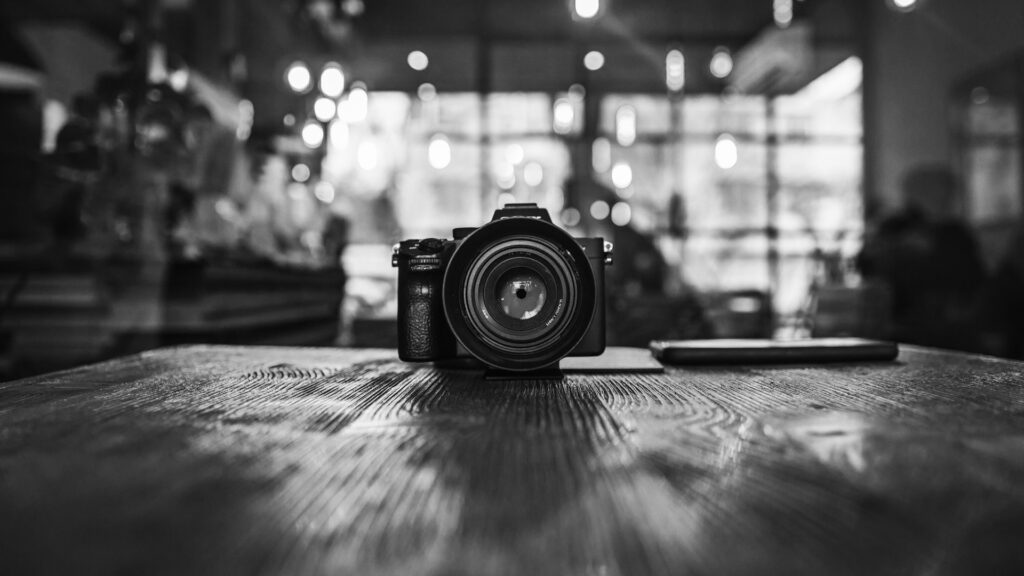In projects of all sizes, lighting determines not only the quality of the final image, but also the stylistic effect.
No matter your production budget, the same core principles of lighting will apply. However, the implementation of these principles is completely different at the unbudgeted level.
An obvious example is that on many no-budget productions it is common for the director to also be the cinematographer. Or, if there is a dedicated director of photography, it’s unlikely they have a full photography department at their disposal…
The reason many micro-budget films fail to hit strong is because they use the wrong production setup. They treat their films like big-budget productions without a tenth of the resources.
This just results in bland visuals that look like they’re trying really hard to hit their target, but clearly missing it. Not to mention angry staff who feel overworked and underpaid.
With all that said, here are the 3 most important pitfalls to avoid when shooting on a no-budget film:
1. Do not use more than one light
In my opinion, there is no better source of light than the sun. And it’s free, so we should all use it to our advantage—whether that’s using a bounce board outside or window lights indoors.
As long as you get your framing and composition right, photos taken with natural light can rival in quality any shot produced on a big budget.
That said, not everyone wants to use only natural or available light for lighting. Certain genres require a more stylized approach.
A rule of thumb to consider is to limit yourself to a single artificial light source. This could be a softbox, porcelain balls, LED panels or something similar.
By keeping lighting to a minimum, you avoid the complexities of traditional 3-point lighting setups. This always takes longer and produces more standard/boring results.
A single source naturally produces more contrast and more interesting visuals than a normal 3-point setting. It can still be stylized very significantly depending on position, color temperature and other factors.
Would certain scenes look better with more lights? perhaps.
But the movie as a whole probably won’t. Half the battle with no-budget cinematography is finding the right balance between quality and speed.
2. Don’t ignore the importance of composition and chunking
This is especially important if you use natural light.
Imagine shooting a scene at sunset with an actor looking into the camera. If your camera is facing west (in sunlight, backlit), you’ll get a completely different shot than if it’s facing east.
Or if you turn the actor at a 45-degree angle, you’ll again see a completely different light on their face. Not to mention, the background (and the relative contrast it provides) will also be very different.
Casting (aka blocking) is one of the secrets of great no-budget cinematography. The other is the framework, which goes hand in hand.
Beautifully framed images are the cheapest way to add production value to your project. Just take an extra minute or two to make choices with purpose.
Using unconventional focal lengths, shooting very tight (or wide), adding negative space, or using any other similar creative tool can go a long way.
Most big budget productions stick to the basics in terms of framing style and layout. No-budget filmmaking gives you the ability to break out of that box and capture your audience’s attention.
3. Don’t use unnecessary equipment
Amateur filmmakers like to use as much gear as possible, especially if that gear is the highest end/latest gear available.
But experienced micro-budget filmmakers know that gear can also be a hindrance. Biting off more than you can chew may, at best, slow you down, and at worst, completely derail the entire production.
This principle applies to all fields. Whether it’s a camera that’s too big for you to operate yourself, or a recording format that you can’t back up on location.
Every choice in the gear department needs to have two aspects:
- Serve your story/visual palette
- For your production logistics services
Another benefit of minimizing your gear list is that this limitation often results in an original visual aesthetic to your work.
For example, in my most recent feature film, everything was shot with a 50mm lens. This started out as a practical choice to avoid shot swapping, but later became a key part of the film’s visual grammar.
Think of all gear choices and technology decisions through this prism, and you’ll be better off for it.
These topics are in Blueprint for No-Budget Filmmakingyou can view here.
For exclusive filmmaking articles every Sunday, sign up for my newsletter here!

